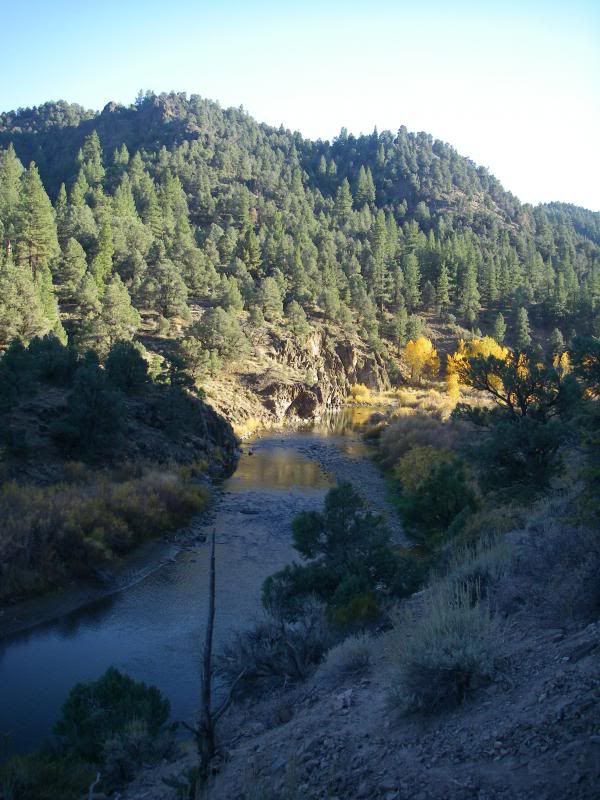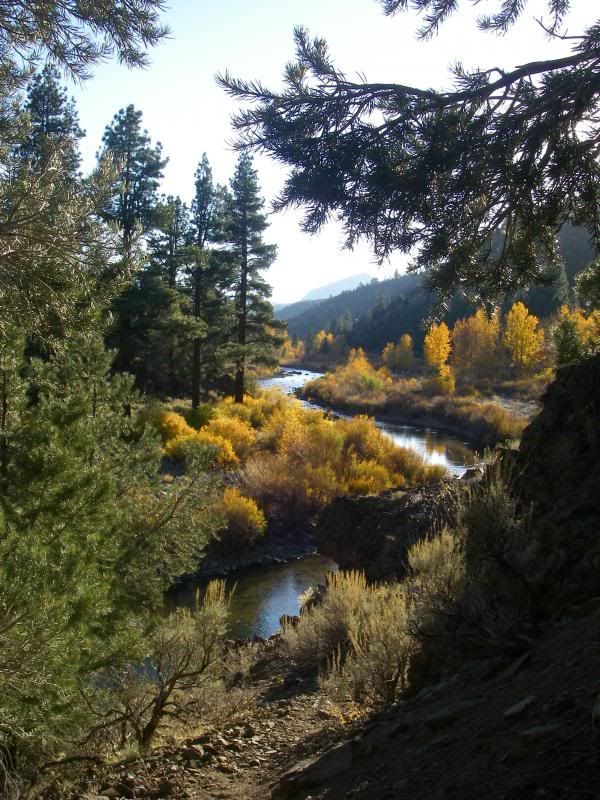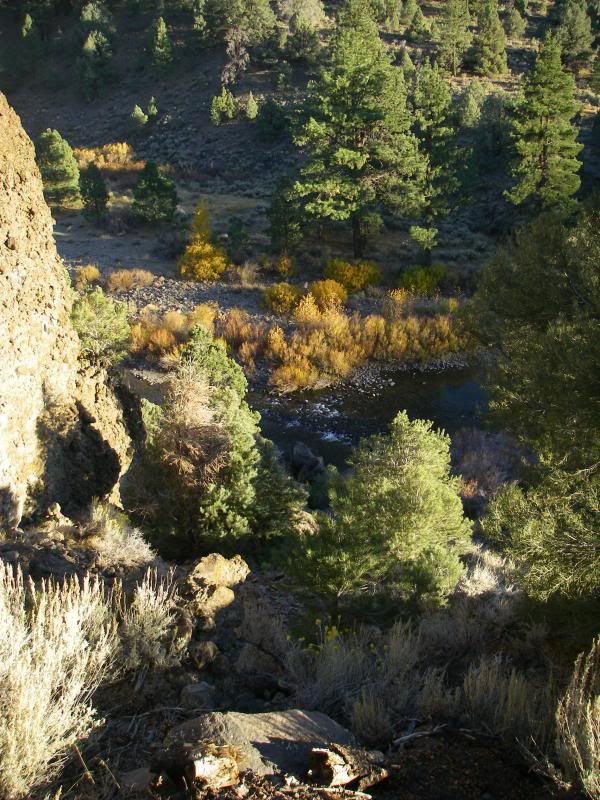Chaz
Active member
- Joined
- Sep 13, 2006
- Messages
- 8,451
Anyone ever fished in Yosemite during the winter? If so I'd like to hear about it.




Chaz wrote:
I'm pretty far south of the American R. There's no water anyway, they only received 3 inches of rain last year, and it hasn't rained yet this year. But I have seen the largest trees on Earth. 36'6" in diameter, and 108 feet in circumference.
The lower branches if you can call them that are bigger than most of the trees in PA. Just incredible.
dryflyguy wrote:
When we visited Yosemite , all of the lodging was booked up. So we ended up staying in a small town on the east side of the park called Lee Vining. It's located on the shore of a rather large, very salty body of water called Mono Lake. And we spent a day there. Pretty neat place. It's also referred to as the Dead Sea of California, and when you swim in it - you float like a cork. It has a lot of strange looking pillar like formations called tufa, which are quite interesting to see.
It was definitely one of the highlights of our trip to California
CLSports wrote:
I visited Mono Lake when Yosemite was closed due to all of the snow. Very cool place. I was told that the lake level had dropped significantly over the years and that was why those tufas were exposed over the top of the water surface. They were formed underwater. Very unique place. I agree it was the highlight of my trip to that area too. Especially since I was not able to see Yosemite.
